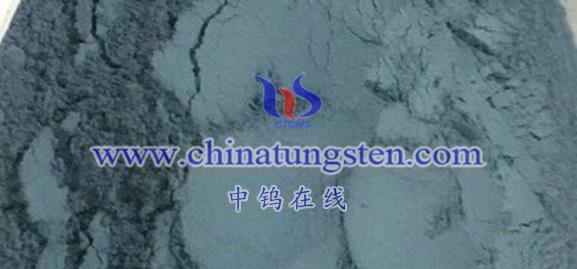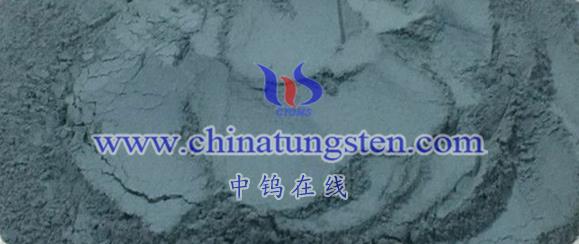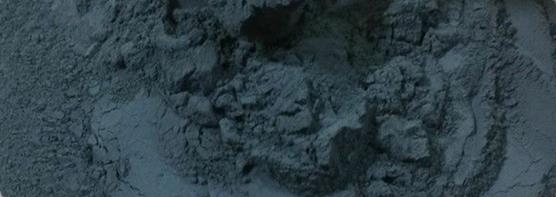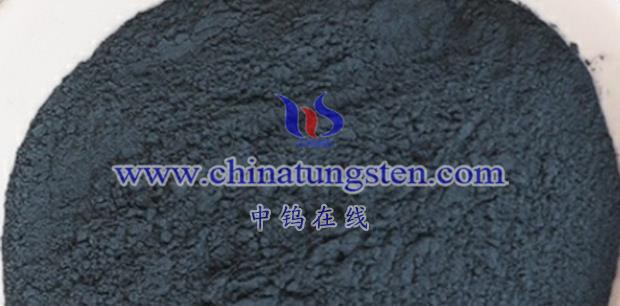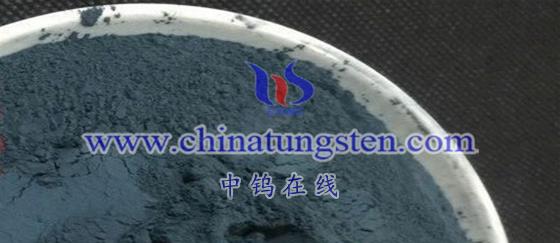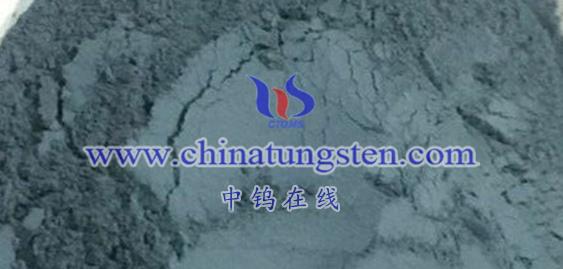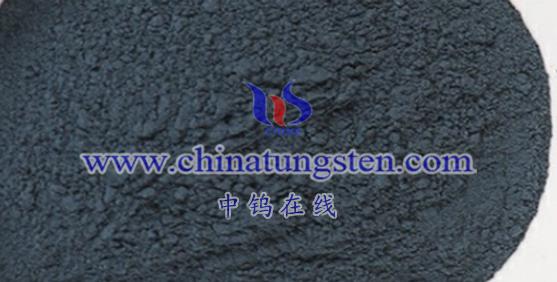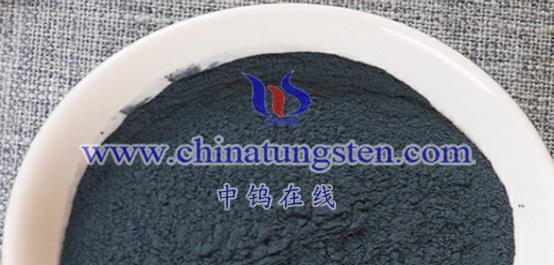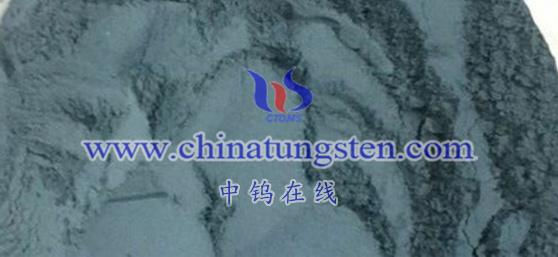
Blue tungsten oxide (BTO) and purple tungsten oxide (VTO) are both types of defect-state tungsten oxides characterized by their unique properties derived from varying oxygen contents and crystal structures. Here’s a detailed overview of the differences in their physical properties:
- Color and Morphology
- Blue Tungsten Oxide (BTO):
- Color: Appears as a light to deep blue powder, often represented chemically as W₂₀O₅₈ or approximated as WO₂.₉₀.
- Morphology: Typically has sharp angular particles that aggregate to form small cubic structures, with surfaces displaying varying degrees of fracture and cracking.
- Purple Tungsten Oxide (VTO):
- Color: Exhibits a fine purple powdery crystalline appearance, with the chemical formula W₁₈O₄₉ or approximated as WO₂.₇₂.
- Morphology: Each larger particle is composed of loosely packed needle-like or rod-like crystalline aggregates, characterized by numerous internal cracks and voids.
- Density
- Blue Tungsten Oxide (BTO):
- Measured Density: Approximately 7.15 g/cm³.
- X-ray Measured Density: About 7.16 g/cm³.
- Purple Tungsten Oxide (VTO):
- Measured Density: Ranges from 7.7 to 7.9 g/cm³.
- X-ray Measured Density: Approximately 7.78 g/cm³.
- Note: The higher density of purple tungsten oxide is associated with its unique crystal structure and higher oxygen content.
- Particle Size and Structure
- Blue Tungsten Oxide (BTO):
- Particle Size: Generally larger particles with pronounced angles and fewer cracks. This structural characteristic aids in maintaining stable morphology and performance during preparation.
- Purple Tungsten Oxide (VTO):
- Particle Size: Smaller particle size with a needle-like or rod-like grain structure, leading to significant internal voids and lower bulk density. This structure is favorable for hydrogen reduction to obtain ultrafine tungsten powder but may complicate doping processes.
- Chemical Activity and Stability
- Both Blue and Purple Tungsten Oxide:
- Common Characteristics: Both types exhibit high specific surface areas, elevated chemical activity, strong absorption of electromagnetic waves (including ultraviolet and near-infrared light), low bulk density, and good photoelectric effects and gas sensitivity. However, due to differences in oxygen content and crystal structure, the degree of these properties can vary significantly between the two types.
- Applications
- Usage: Despite the differences in their physical properties, both blue and purple tungsten oxides hold significant applications in various fields. They are utilized in the production of tungsten powders and tungsten salts, as well as in gas-sensitive materials, photocatalysts for light degradation, stealth materials, and functional raw materials for dimmable glass.
Conclusion
Blue tungsten oxide and purple tungsten oxide exhibit significant differences in color, morphology, density, particle size and structure, as well as chemical activity and stability. These distinctions endow them with unique advantages and potential in their respective application domains.
More details of tungsten oxide product, please visit website: tungsten-oxide.com
Please contact CHINATUNGSTEN for inquiry and order of tungsten oxide:
Email: sales@chinatungsten.com
Tel.: 86 592 5129595
